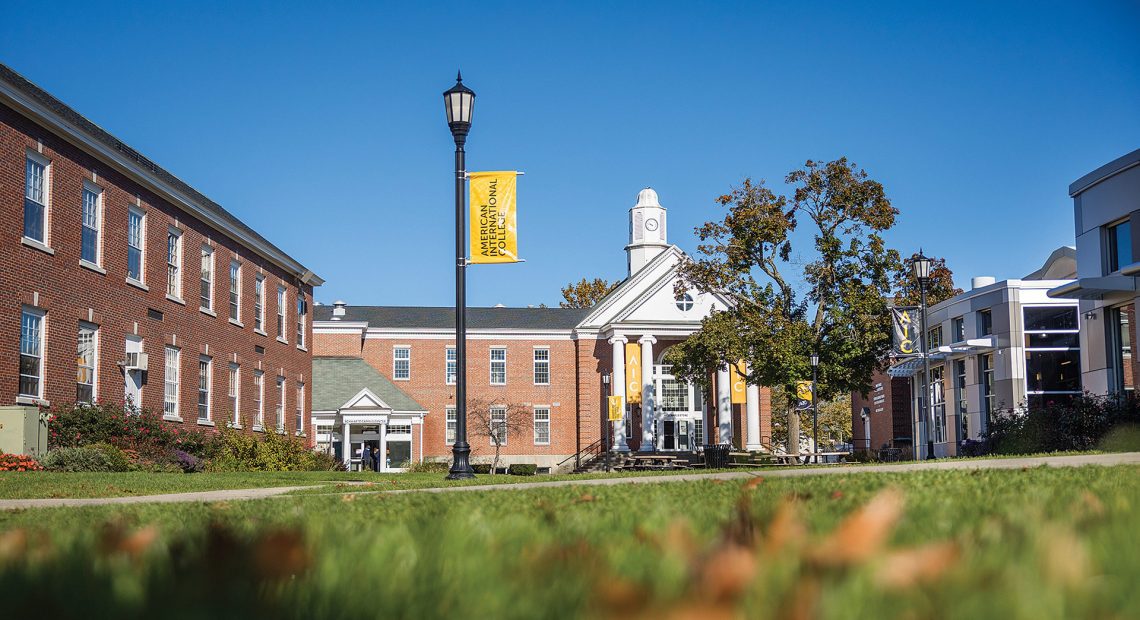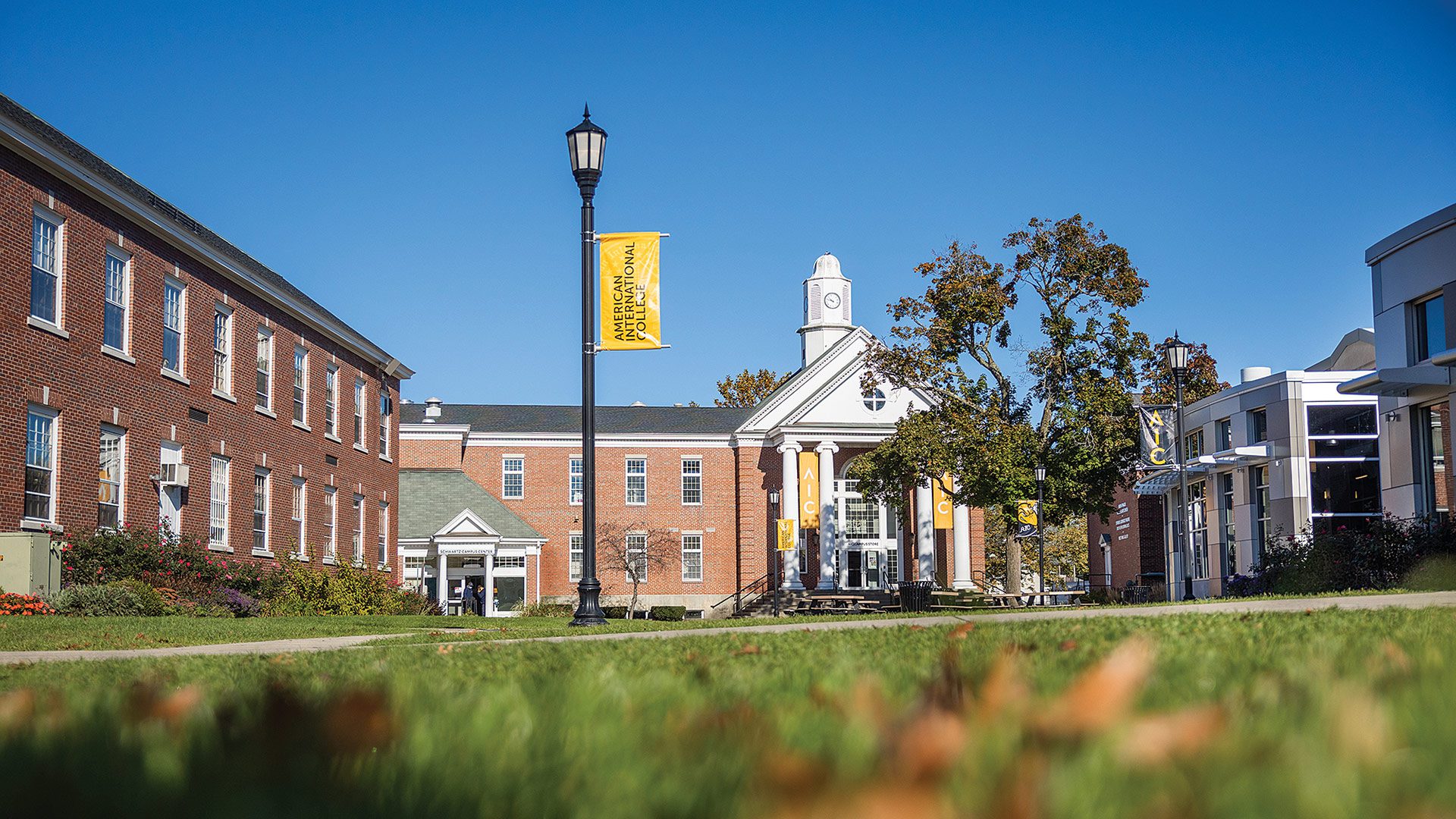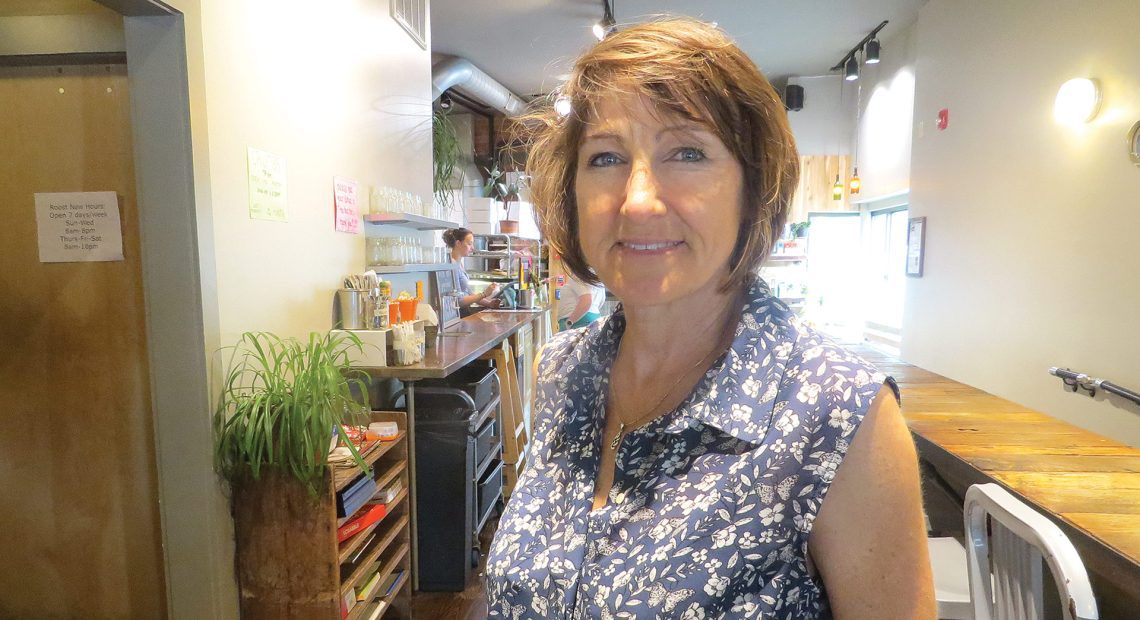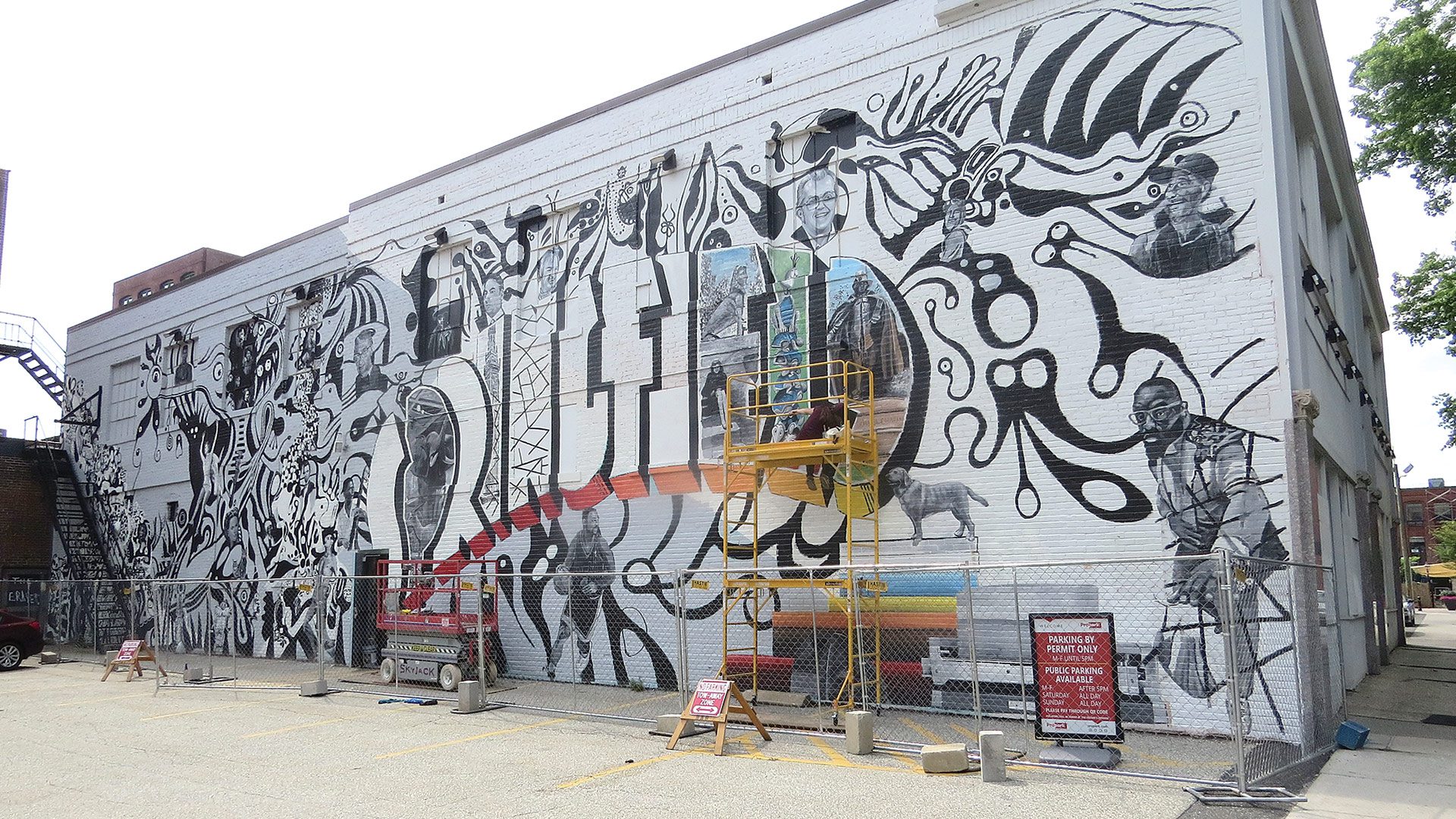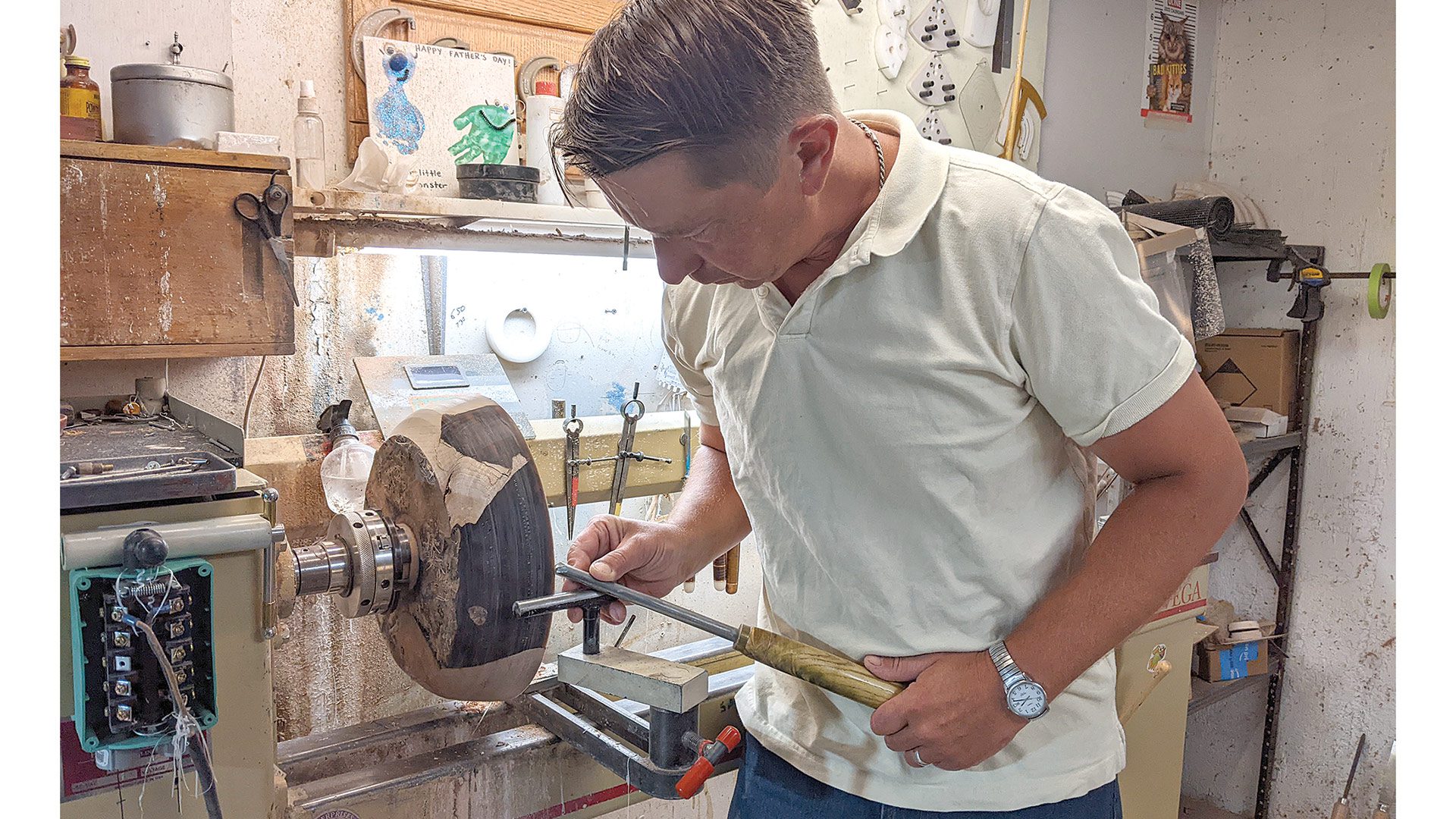Getting a Taste of the Region
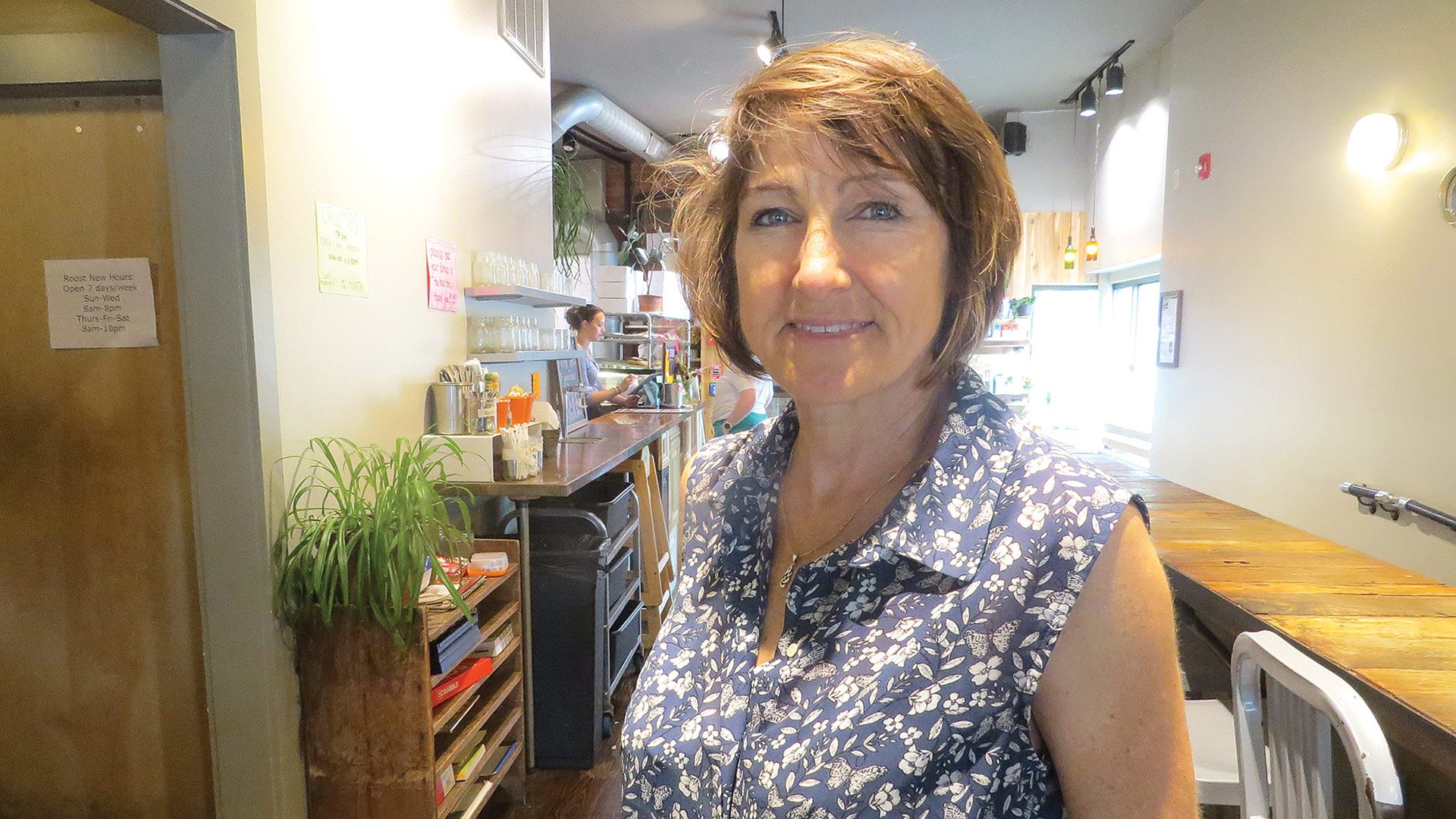
When her research revealed that this region didn’t have any food tours, Deborah Christakos decided that was a void she needed to fill.
Deborah Christakos has spent most of her adult life in the food business — or several businesses, to be more precise.
Trained in France, she was a chef in restaurants in several major large cities, including New York, Boston, and San Francisco. Later, after moving to Northampton, starting a family, and deciding that a chef’s life didn’t mesh well with family life, she started offering cooking lessons.
And it was while teaching one class, where students shopped at a local farmers’ market and prepared what they bought, that she started to conceptualize a new and different kind of venture — at least for this region. She would call it Pioneer Valley Food Tours, and that name tells you all you need to know.
Well, not really, but it sets the tone.
These are, indeed, walking tours involving food — in the Pioneer Valley. There’s one focused on Northampton and another that takes people to various stops in Amherst. There’s a bicycle tour, a concept born at least in part from COVID-19 and the need to keep people socially distanced during the pandemic, and private tours that have taken people to Springfield, Greenfield, and other communities.
The tours take people to restaurants, bakeries, butcher shops, farmers’ markets, and other … points of interest, let’s call them, where participants can explore local food and beverages from source to table.
“If you just go buy a loaf of bread or pastry, you may never hear about it. But when you hear from them, in their own words, talk about what they do, how what they do is special, and what they love about it, it’s a really neat experience.”
Christakos started in 2017, and what she’s learned since then is that, while these tours are centered around food, they’re mostly about people, communities, and the mostly small businesses that participants get to visit.
The people come from all over, she said, adding that some are local, while others hail from across the state or neighboring states. Others are from further away, many in the area visiting friends and family and looking for something to do, specifically something that, well, whets their appetite when it comes to this region and its food.
“I thought it was a neat idea, and I thought we could really inform people that come to this area about what’s going on here,” she said. “I felt the food here was of incredible quality, and I felt like people were visiting the area, dropping their kids off at college, driving off, and not knowing what we had here. I felt that this area was very underappreciated, so one of my goals was to sort of lift up the profile and make it into a food destination.”
Easily the best thing about her business is the opportunities it provides to meet people and learn from them while providing some insight into this region and all that it offers.
“Something I didn’t expect was that it’s really fun to meet people from all over the country or different walks, and even locals,” Christakos said. “The conversation is different every time because people bring to this their own experiences. Some people are really into food; others are really into history. It’s always interesting and fun.”
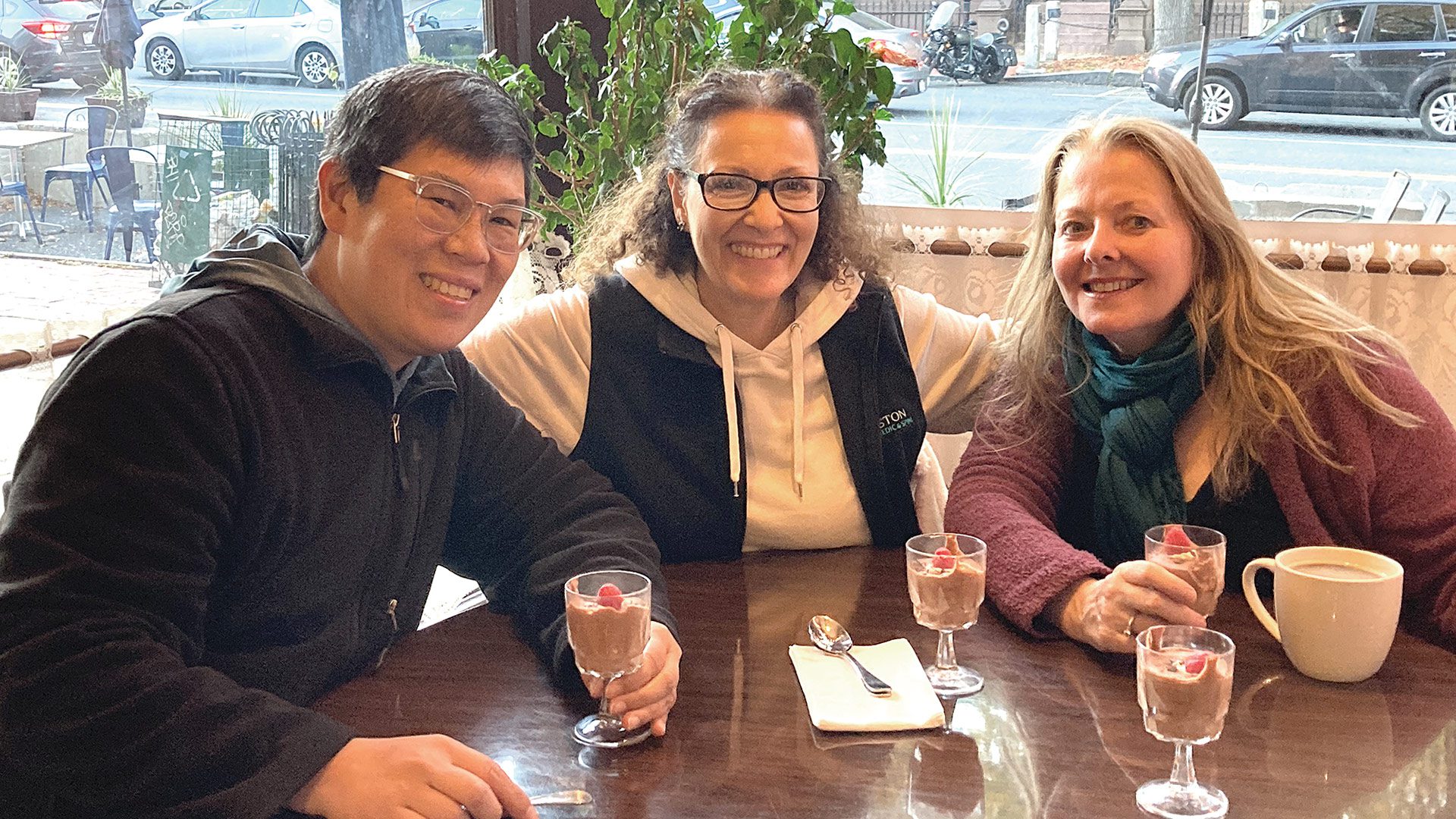
Guests enjoy one of the food tours of Northampton, which visit several sites in Paradise City.
As for the communities that participants tour, there are opportunities to learn about much more than food. Indeed, tour members get a ‘taste’ of these communities, be it the murals, architecture, and ‘vibe’ in Northampton or Amherst’s vibrant history, including, on most tours, a stop at West Cemetery, where Emily Dickinson and several members of the 54th Massachusetts Infantry Regiment, portrayed in the movie Glory, are buried.
As for the small businesses, they are the focal points of the tour, said Christakos, adding that the tours not only support such ventures — and, during COVID, that support was critical — it celebrates them and their specialties and the manner in which they help provide a community with an identity.
For this issue, we talked with Christakos about her venture and how it has gained traction and provided tour participants with some food for thought — in every way one can imagine.
Walking, Taking, and Eating
As she talked about how and why she launched this venture, Christakos said food tours are common in other countries — as well as in larger cities in the U.S. She had only been on one herself, in Ireland, but she knew about them and all they aim to celebrate in a particular community.
Returning to that cooking class she was teaching and the visit to the farmers’ market, she started thinking there must be food tours in a region so rich in agriculture and restaurants. When some research revealed there wasn’t, she decided this void needed to be filled.
She did a trial run, spoke to the businesses that would be involved in these tours, and concluded that there was a market for such a concept. She launched in the summer of 2017, and at first tried to do both the tours and the cooking classes. Eventually, she decided that she wanted, and needed, to devote all her time and energy to the former.
The venture has seen steady growth over the years, although COVID certainly created some challenges.
At the start, most of the participants were local, she told BusinessWest, but eventually word started to spread.
“People from Central Connecticut would come up for the day, or people from Boston would come up for the day,” she explained. “And then, gradually over the next few years, people started coming from further away — Utah, California, all over, people who were coming to this area and looking for something to do.”
Many had been on food tours in other cities, regions, and countries, she went on, adding that her venture provides an opportunity to explore a different area.
In larger cities, there are many different kinds of food tours, she explained, noting that some will focus specifically on pizza, or chocolate, or a specific neighborhood. Her tours are broad in nature and focused on specific communities noted for their food, restaurants, and culture, especially Northampton and Amherst.
In Northampton, the food tour, which runs three hours on average, usually starts in Pulaski Park, where participants will make introductions and sample local produce that’s in season, such as blueberries, which Christakos will either pick herself or buy from a local farm. From there, there are roughly 15 different places a group might stop; Christakos generally picks five for each tour.
A common first stop is Hungry Ghost Bread on State Street or the Woodstar Café on Masonic Street, where participants can sample something Christakos has pre-selected and often hear from the establishments’ owners about what they do and the passion they bring to their work.
“If you just go buy a loaf of bread or pastry, you may never hear about it,” she explained. “But when you hear from them, in their own words, talk about what they do, how what they do is special, and what they love about it, it’s a really neat experience.”
This is the essence of the food tours, she went on, adding that participants can hear Hungry Ghost owner Jonathan Stevens and his wife, Cheryl, talk about what makes their bread unique and how they use local ingredients.
From there, the tour might go to Sutter Meats on King Street and a few of the restaurants in the city, such as Paul & Elizabeth’s on Main Street, a vegetarian restaurant; or the Dirty Truth, also on Main Street, a gastropub featuring craft beers; or the Mosaic Café on Masonic Street, a Mediterranean restaurant.
Along the way, participants take in murals, architecture, a little history, and the feel of downtown Northampton, she said, adding that the flavor of the community, and all that goes into that phrase, comes through.
It’s the same in Amherst, she noted, where tours generally start at the farmers’ market and proceed to stops such as the Black Sheep Deli; Lili’s, a Chinese restaurant; and Mexcalito Taco Bar, as well as West Cemetery and other points of interest.
There are generally two Northampton tours a week, on Friday and Saturday, and a few Amherst tours each month, she said, adding that they are offered year-round. Spring and summer are obviously the most popular times, but there is appetite for the offerings throughout the year — she conducted a ‘chocolate tour’ on Valentine’s Day — and she will carry on unless the weather is “dangerous.”
A fairly recent addition to the portfolio has been bicycle tours, she noted, adding that these will stop in a few different communities, visiting farms, food producers, and eateries and generally covering 20 to 25 miles at a decent, but not overly fast, pace.
“The people who take those tours like to bicycle, but they’re more interested in their food,” she explained. “They’re not Tour de France candidates.”
Bottom Line
Moving forward, Christakos, who splits the tours with the company’s other guide, David Bannister, said she would like to continue growing the concept, perhaps expanding to other communities (Springfield is a possible candidate).
In the meantime, she will continue honing the concept, which is bringing the region’s restaurants, farms, and other food-related businesses to light.
As she said, these tours are really about people and communities — and an opportunity to celebrate both.



